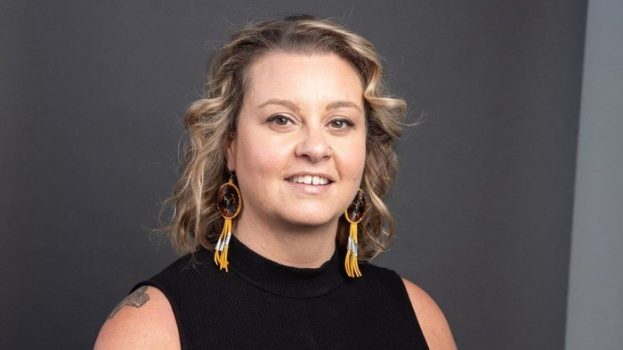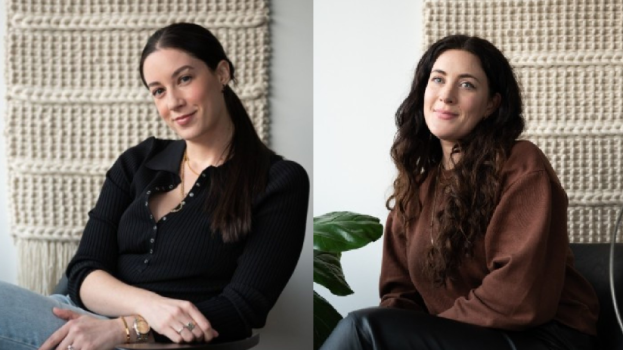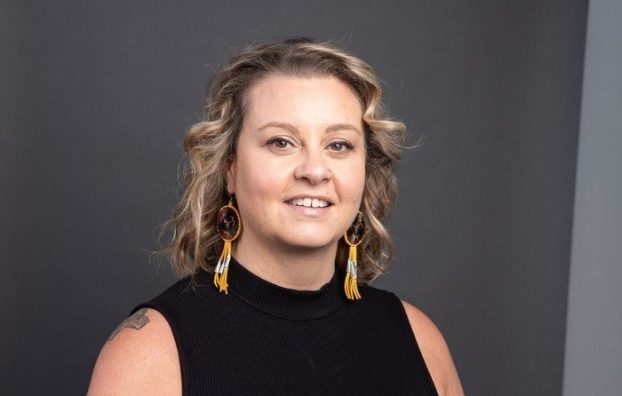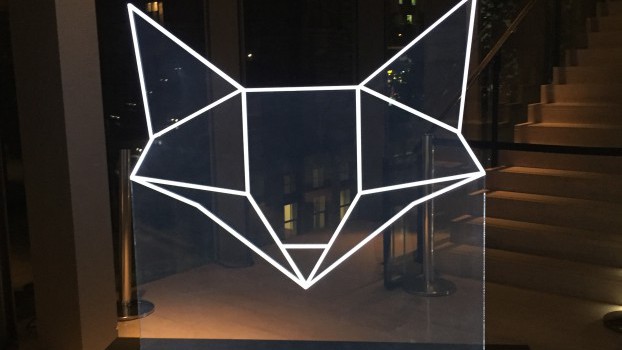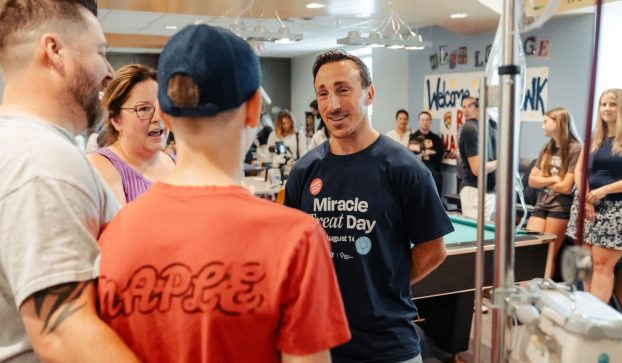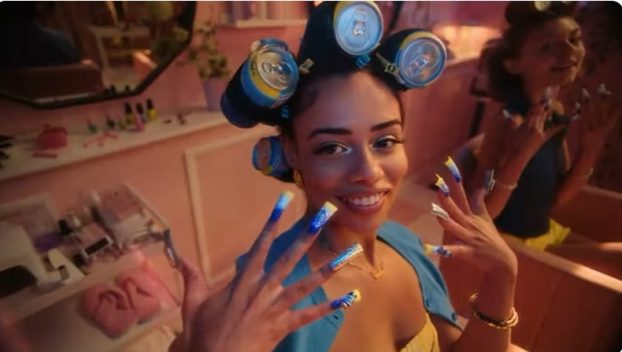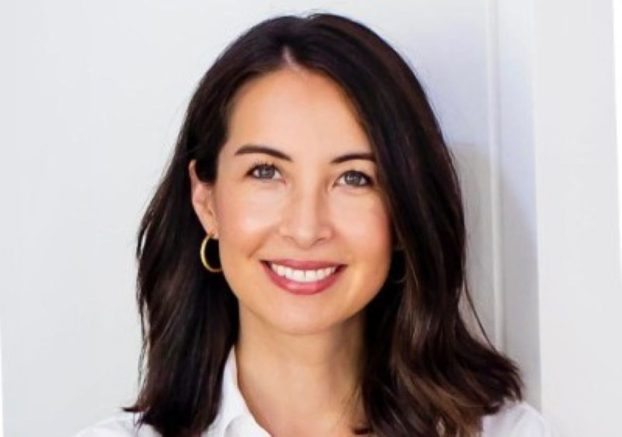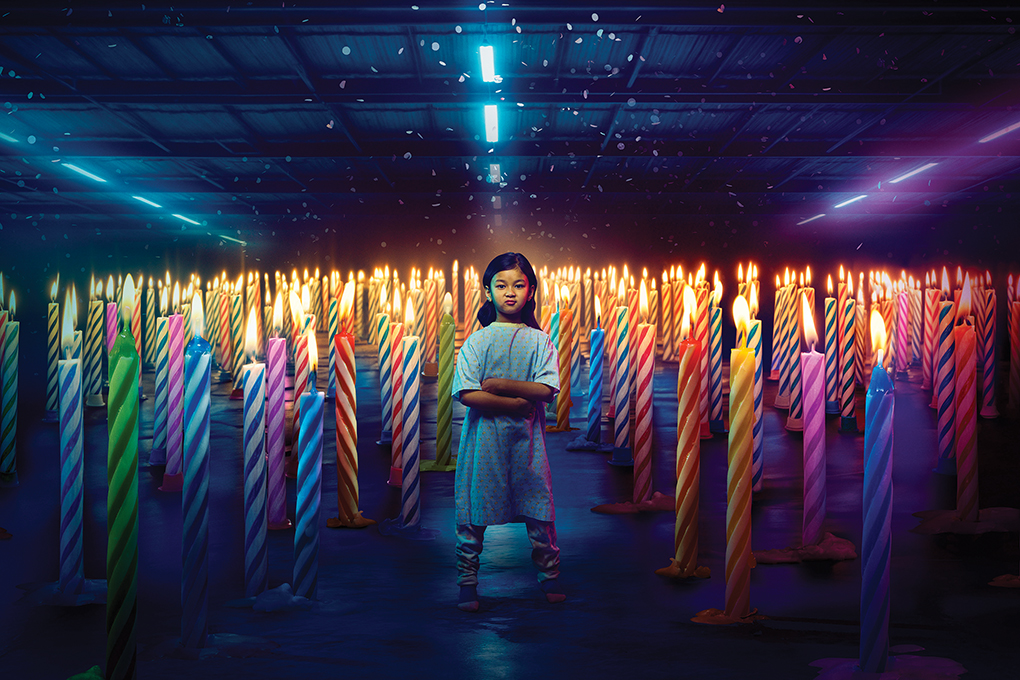
By Ty Burke
As Toronto’s Hospital for Sick Children celebrates its 150th anniversary, the marketing team envisions its next fight to improve the health of kids. Along with new AOR FCB Toronto, the SickKids Foundation’s latest work, “The Count,” won four medals at the 2025 Cannes Lions, including a Gold and Bronze in Health & Wellness, a Silver in Film and a Bronze in Film Craft. This story first appeared in the Summer 2025 issue of Strategy Magazine. Part 1 of this feature can be found here.
Devastating, but hopeful
Toronto’s first Hospital for Sick Children was a rented row house and opened in 1875. But even as the venerable institution celebrates its first 150 years, its eyes are fixed firmly on the future. “We didn’t want to use the anniversary to do a retrospective,” says Kate Torrance, VP, head of brand, content and communications at the SickKids Foundation. “We didn’t [just] want to look back on 150 years of amazing discoveries. We wanted to look forward.”
So, as the hospital approached its sesquicentennial milestone earlier this year, SickKids looked to one of the oldest advertising agencies in North America – FCB, which is only two years older than SickKids, having been founded in Chicago in 1873 – to bring a fresh perspective.
“We needed to make this birthday meaningful – to give people a reason to want to donate to SickKids on its anniversary,” says Nancy Crimi-Lamanna, CCO at FCB. “It allowed us to look at birthdays in a new way – as something to celebrate, but also not something to take for granted. The truth is, patients at the Hospital for Sick Children have been fighting for birthdays for 150 years.”
FCB’s first commercial for its new client, “The Count,” begins with the parents of a young patient carrying a birthday cake to their child before they are wheeled into surgery on a gurney, with the familiar lyrics of “Happy birthday to you” echoing through a sparse hospital room. Then, the ad begins counting up with “are you one, are you two, are you three,” making its way toward 150.
As the count rolls on, young patients train for the fight of their lives. They get knocked down and get back up, knocking down novelty-sized candles that symbolize another year has passed. And then these words flash on the screen in a bold white font: “When every birthday is a fight… every year is a gift.” Crimi-Lamanna calls the tone devastating, but hopeful. It retains much of the spirit of what made the “VS” platform so successful in the first place – and that’s no coincidence.
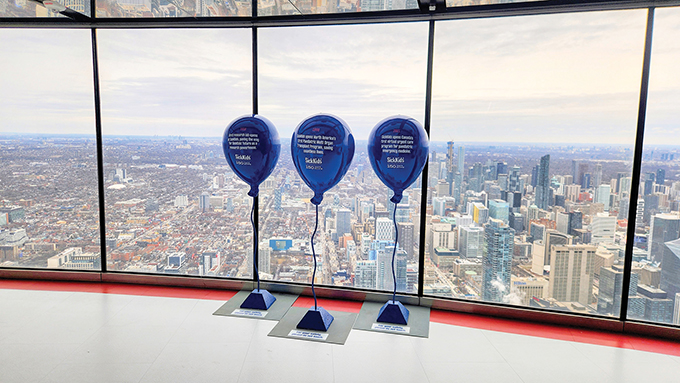
“Too often, agencies get bored of a platform before the public does, but we know that investment in long-term platforms makes advertising more effective,” Crimi-Lamanna says. “It would have felt really self-serving to recommend walking away from the ‘VS’ platform, but it was time to make it mean something new, to put the fight back into it.”
It was a subtle but significant change. Previously, “VS” had largely been about what a patient is fighting against. FCB flipped the script to make the platform about having something to fight for.
“It is just a little strategic twist to reinvigorate the way we think about it. And we have had a really positive response,” adds Crimi-Lamanna. “It was important to strike a balance between pulling on those heart strings and making donors feel like they are part of the fight. Sometimes, it can feel like the whole world is burning and you’re helpless to stop it. But helping a kid fight for another birthday feels doable.”
The same month it released “The Count,” SickKids also launched a global public art campaign that celebrates its many successes. The hospital admitted its first patient on April 3, 1875. And 150 years later, it revealed the first in a series of 150 balloon sculptures emblazoned with messages highlighting key moments in SickKids history – such as the 1998 launch of North America’s first multi-organ transplant program, and the 1979 establishment of the Herbie Fund, which has provided care to more than 800 patients from 100 different countries.
The result of a collaboration between SickKids and Citizen Relations, the team installed shiny cobalt sculptures everywhere from South Africa to Jamaica to Cobourg, Ontario.
“We wanted our celebratory campaign to reflect the magnitude of the occasion,” says Sandra Chiovitti, the director of public relations at the SickKids Foundation. “Our earned media and organic social strategies are at the heart of this campaign and truthfully, there are way more stories to tell than there are days in the calendar. So we’ve had to be really selective and intentional about which ones to highlight.”
An even bigger, bolder future
Within SickKids’ marketing engine, there are both fundraising and advertising campaigns. They work in tandem, but can have very different timelines. In 2024, SickKids finished the nine-year fundraising campaign – supported by its “VS” marketing campaign – to build a new hospital. And the foundation has set an even loftier fundraising target for 2026, when SickKids will launch another campaign to raise $2.5 billion for its Precision Child Health (PCH), which uses health data and artificial intelligence to provide individualized care tailored to each child.
SickKids sees PCH as the beginning of a new era in pediatric medicine. It first announced the initiative in 2023, and has made it the centerpiece of its new five-year strategic plan: SickKids 2030. It’s a long-term project that will take decades to come to fruition – and the SickKids marketing team will build campaigns to support its overarching goals.

“Our marketing campaigns are built to support our fundraising campaigns and create consistent momentum behind them,” says Torrance. “It can take a decade to raise the kind of money that we are looking to raise. But we credit the branding and marketing work as being one of the main reasons we overdelivered on our fundraising goals.”
While in between major fundraising campaigns, the organization has started to tease the next launch. To achieve its ambitious aims, the creative will need to be top quality.
“When you’re selling emotion, craft is everything,” says Torrance. “And we have been lucky to have some budget and to be able to create powerful work that partners want to be involved in – not just because it is SickKids, but because the work is good.”
Cossette and FCB have leveraged the power of SickKids’ message to create work that has won awards, drawn in donors and exceed all expectations. And it couldn’t have happened this way if they were not telling such compelling stories.
“We never want to compromise on craftsmanship,” Torrance says. “Any brand work or content work we do needs to make a deep emotional connection. A lot of charities feel like they don’t have a lot of money, but it doesn’t always take a lot of money to find ways to do beautiful craft. That’s been one of the keys to our success, from my point of view

